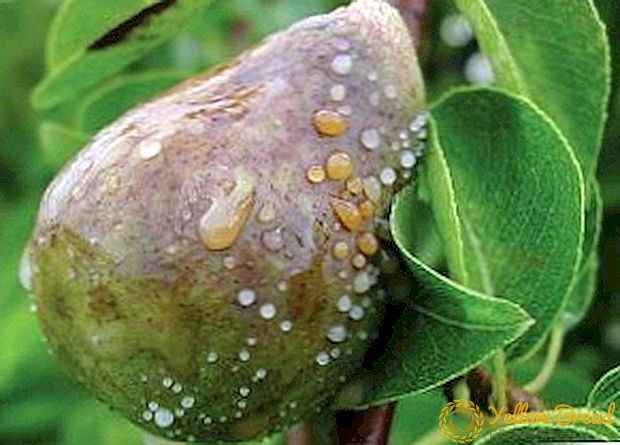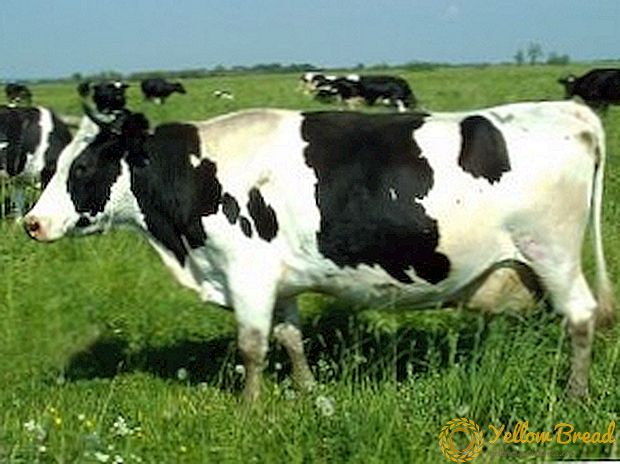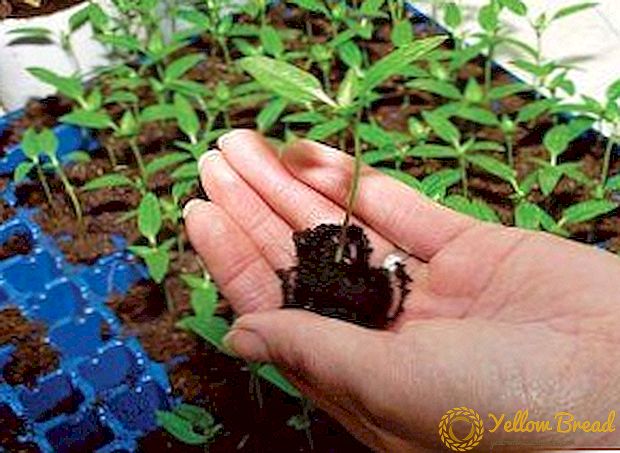 They say that chanterelles help cleanse the liver, remove radionuclides from the body and feed it with vitamins. But often, instead of nutritious and tasty mushrooms, their poisonous counterparts fall into the basket. Unfortunately, experienced lovers of quiet hunting in many cases rely not on knowledge, but on intuition. We will understand how to distinguish false chanterelles and what to do when they are poisoned.
They say that chanterelles help cleanse the liver, remove radionuclides from the body and feed it with vitamins. But often, instead of nutritious and tasty mushrooms, their poisonous counterparts fall into the basket. Unfortunately, experienced lovers of quiet hunting in many cases rely not on knowledge, but on intuition. We will understand how to distinguish false chanterelles and what to do when they are poisoned.
- Where and when to look for them
- The main differences: how not to get on a false chanterelle
- Shapes and cap
- Mushroom pulp
- Leg differences
- Controversy
- Eating mushrooms
- How are chanterelles
- Is it possible to eat false chanterelles
- First aid for mushroom poisoning
Where and when to look for them
Chanterelle season starts in summer and depends largely on weather conditions. Often in June on the forest edges between coniferous and deciduous trees you can find single mushrooms. And in July, their mass appearance begins.

When torrential rains come, chanterelles do not rot, during a long absence of precipitation, they do not dry out, and in the heat they simply stop growing. They are loved for their excellent taste and property in all conditions to preserve juiciness and freshness. In addition, there are never wormholes in these forest gifts. This is one of the few mushrooms that do not deteriorate during transportation. In the high season, chanterelles can be collected in bags nor will they lose their attractiveness and value.
Experienced mushroom pickers advise go looking for birch groves. In places where chanterelles grow, it can be damp and dry, shade and sun light, leafy ground and mosses. A characteristic feature of these mushrooms is that they never grow alone. Therefore, if you find one copy, look around, look under the fallen branches and leaves - maybe there is a whole family. But before you cut the mushroom carefully inspect the find. On the natural signs of authenticity, which need to pay attention, we will discuss below.
In contrast to these, false chanterelles, which are popularly referred to as "gossipers", can live on fallen trees, old rotting stumps and broken trees.In addition, very common single mushrooms.

The main differences: how not to get on a false chanterelle
As it turned out, chanterelles are very tricky mushrooms, so let's take a closer look at the photo and description of real and false specimens.
Shapes and cap
Outward signs of both fungi only at first glance seem to be exactly the same. In fact, there are many differences. Already by the color and shape of the cap, you can determine who is who.
Light yellow tones are peculiar to a real mushroom; sometimes they can flow into cream and yellow-orange color. But fox cheater looks very bright. It differs red, fiery orange color, which is often mixed with brown shades. It is characteristic that the edges of her cap are always lighter than the core. 
It is easy to distinguish between a regular chanterelle and a false chanterelle according to the surface structure and the shape of their caps. In the "fake" it is slightly velvety with smooth, neatly rounded edges, up to 6 cm in diameter. In the present, it is slightly larger, smooth, irregular in shape, with a wavy edge.
Mushroom pulp
Inside, the govorushka is yellow, tasteless, with a loose porous structure. In addition, it has a sharp unpleasant smell. If you press hard with your fingers, the color of the pulp will not change. 
Cutting a real chanterelle, you will see yellowish edges and a snowy white middle. The mushroom is very dense, with a pleasant aroma, slightly sour taste. When pressed on it remains scarlet traces.
Leg differences
Knowledgeable mushroom pickers, when they collect chanterelles, always look at the leg of the mushroom. If it is thick and strong, then you have in your hands an authentic sample. It is characterized by a smooth transition of the legs to the cap, the uniformity of colors, the smoothness of the surface and the density of the structure. The conical shape of the legs to the bottom slightly narrowed.
But for a fake, this part is very thin, bright orange-crimson color, the old mushrooms have a hollow inside. Characteristically, the bottom "govorushka" is always darker than the top. Its leg acquires a uniform cylindrical configuration and is clearly separated from the cap. 
Controversy
Recognize the true chanterelle can be and yellowish disputes. At the pseudo-tribe they are white.
Eating mushrooms
Some naturalists believe that nature is completely subservient to man. Therefore, even poisonous mushrooms after special treatment will become edible. Let us see if this is so, whether such dishes are good and generally what can be cooked from chanterelles.
How are chanterelles
Along with good transportability and lack of wormy, chanterelles have one drawback - they cannot be kept warm for a long time. Therefore, the harvest should be immediately processed. Facilitates the process that the mushrooms do not need to be cleaned.They are freed from particles of foliage and grass, washed, and then launched into the culinary process. 
This variety is suitable for stewing, frying, boiling in soups and roasting in the form of filling for pies, pizza. In the process of their preparation, the kitchen has a very pleasant aroma, which leads to improvisation. As a result, there are many dishes using chanterelles. In its pure form they are rarely served. Often combined with fried onions, potatoes, "roast". In order for the forest delicacy to reach its readiness it will take about half an hour.

Is it possible to eat false chanterelles
If you speak in scientific terminology, then These mushrooms are classified as conditionally edible. Eating them is not worth it, especially since in the same period you can collect these tasty and healthy chanterelles.
Some lovers of "quiet hunting" share the experience of making false specimens. At the same time they are pre-soaked for 3 days with a daily two-time change of water. Then for 20 minutes cooked with onions and only after all these manipulations begin cooking.
But all such works and risks for their own health, as it turns out, are not worth the result at all. After a long stay in the water, the structure of the fungus deteriorates. In addition, its unpleasant smell and taste does not awaken the appetite at all. Rather, the opposite is true.

First aid for mushroom poisoning
The toxic effects of "not those mushrooms" are noticeable within an hour and a half after their use. Nausea, vomiting, indigestion, diarrhea, accompanied by severe abdominal pain. A person's body temperature rises, limbs get cold, pulse weakens.Often, inflammation of the gastrointestinal tract joins these processes. The patient is delirious, falls into hallucinations. In severe cases, there is a condition that borders on insanity.
If eating mushrooms has provoked at least one of these symptoms, you should immediately call a doctor. Before his arrival, the victim should be put in bed and provide plenty of drink. Give him cold water or tea. Also offer activated carbon.






